Transform Your Organization Through Team-Powered Leadership
Build Trust, Connection, and High Performance Through Proven Strategies
Leader celebrating with team members, demonstrating how effective leadership achieves outcomes by leveraging each person's unique talents and strengths
Discover how to transform your organization by developing leadership capabilities through team dynamics rather than individual training programs. This comprehensive guide reveals why traditional leadership development falls short and provides practical strategies for creating team-powered leadership that multiplies throughout your organization. Learn how to turn every team into a leadership laboratory where capabilities develop naturally through daily collaboration.
Introduction
Most organizations approach leadership development backwards. They send individual managers to expensive training programs, hoping these solo experiences will somehow translate into organizational transformation. Meanwhile, the most powerful leadership laboratory sits right in front of them: their existing teams. The truth is, exceptional leaders aren't built in isolation—they're forged through the daily crucible of team collaboration, conflict, and collective problem-solving.
When leadership development happens within the team context, something remarkable occurs. The abstract concepts from leadership books suddenly have immediate application. The feedback isn't theoretical—it's from people who see your impact every day. Most importantly, the entire team levels up together, creating a multiplier effect that traditional leadership training can never achieve. This isn't about making everyone a manager; it's about cultivating leadership capabilities throughout your organization by leveraging the natural dynamics of teamwork.
Einstein's theory of relativity revolutionized our understanding of the universe by revealing that perspective fundamentally shapes reality. Just as gravity warps spacetime differently depending on where you observe it, leadership challenges look entirely different depending on your vantage point in the organization. What appears as a simple communication breakdown to an executive might be experienced as overwhelming complexity by a front-line team member. Effective leaders develop this "relativity mindset"—recognizing that every team member operates from their own frame of reference, with unique constraints, pressures, and information. By acknowledging these different perspectives rather than assuming everyone sees the situation the same way, leaders can bridge gaps that traditional top-down approaches often miss entirely.
Why Traditional Leadership Development Falls Short
The leadership development industry generates billions in revenue, yet most organizations struggle to develop effective leaders. Why? Because we're treating leadership like an individual sport when it's fundamentally a team game. Traditional programs extract high-potential employees from their work context, fill them with theories and frameworks, then send them back to environments that haven't changed. It's like teaching someone to swim in a classroom and expecting them to navigate ocean currents.
Real leadership challenges don't arrive in neat case studies. They show up as a team member questioning your decision during a critical project phase, or when you need to navigate conflicting priorities across departments. These moments require more than memorized frameworks—they demand the kind of contextual wisdom that only develops through sustained team interaction. As explored in "Why Great Leaders Celebrate When Team Members Move On", true leadership growth happens when we embrace the full lifecycle of team dynamics, including the difficult moments.
The most damaging assumption in traditional leadership development is that leadership is positional. This creates organizations full of people waiting for a title before they step up, while actual leadership opportunities pass by daily. When we shift the focus from developing individual leaders to developing leadership capabilities within teams, suddenly everyone has skin in the game.
Leadership Emergence Through Team Dynamics
Watch any high-performing team long enough, and you'll notice something fascinating: leadership shifts based on context. The quiet engineer leads during technical problem-solving. The extroverted sales rep takes charge when client communication is critical. This natural rotation isn't chaos—it's the sign of a team that understands leadership as a shared capability rather than a fixed position.
Leadership emergence happens in the micro-moments of team interaction. It's the team member who asks the difficult question everyone's thinking but not saying. It's the person who stays after the meeting to check on a struggling colleague. These behaviors, highlighted in "Identifying Leadership Friction in Teams", show how leadership develops through the friction points of collaboration, not despite them.
The key is creating environments where these emergent leadership moments are recognized and reinforced. This doesn't mean eliminating formal leadership roles—it means expanding our definition of leadership to include the full spectrum of influence, support, and direction that happens naturally within effective teams. When team members see their contributions as leadership acts, they begin developing those capabilities intentionally.
Creating Leadership Laboratories Within Teams
Every team meeting, project deadline, and conflict resolution is a potential leadership development opportunity—if we frame it that way. The most effective organizations turn their teams into leadership laboratories where people can experiment, fail safely, and receive immediate feedback. This isn't about adding extra programs; it's about leveraging what's already happening.
Start by rotating meeting leadership. Not just who runs the agenda, but who ensures quiet voices are heard, who synthesizes conflicting viewpoints, who keeps the team focused on outcomes. Each role develops different leadership muscles. As discussed in "Three Methods for Building a High Performing Team", these structured opportunities create predictable spaces for leadership practice within the natural flow of work.
The beauty of team-based leadership development is the immediate feedback loop. When someone experiments with a new leadership approach, they see the impact in real-time. The team becomes both the classroom and the coaching staff, providing perspectives that no external facilitator could match. This creates leaders who are deeply attuned to their actual environment, not just proficient in generic leadership competencies.
Distributed Leadership Models That Actually Work
Distributed leadership sounds great in theory—until you try to implement it and end up with either chaos or everyone waiting for someone else to lead. The secret to making it work lies in clarity about what leadership means in your specific context and creating structures that support shared ownership without sacrificing accountability.
Successful distributed leadership requires explicit agreements about decision-making authority, communication protocols, and role boundaries. But here's what most organizations miss: these agreements must emerge from the team itself, not be imposed from above. When teams co-create their leadership structure, they build in the flexibility and nuance that rigid hierarchies lack. They understand when to defer to expertise, when to seek consensus, and when to move forward with partial buy-in.
The most effective distributed leadership models recognize that different situations require different leadership configurations. During crisis, teams might need clear command structures. During innovation phases, they need more fluid, experimental approaches. The teams that thrive are those that can consciously shift between these modes, with everyone understanding their role in each configuration.
Measuring Leadership Growth Through Team Performance
Traditional leadership assessments focus on individual competencies, but when leadership development happens through teams, we need different metrics. The most telling indicator isn't how one person scores on a 360 review—it's how the entire team's capability evolves. Are decisions happening faster? Is conflict becoming more productive? Are team members stepping up without being asked?
Look for leading indicators like increased peer coaching, more voluntary knowledge sharing, and team members advocating for each other's development. These behaviors signal that leadership isn't trapped in formal roles but flowing through the team as needed. When team members start describing challenges in terms of "we" instead of "they," you know leadership distribution is taking hold.
The ultimate measure is resilience. Teams with strong distributed leadership capabilities don't fall apart when formal leaders are absent. They adapt, reorganize, and continue performing because leadership capability is woven throughout the group, not concentrated in a single point of failure. This kind of robust leadership capacity only develops through sustained team-based practice.
Building Your Team-Powered Leadership Strategy
Creating a team-powered leadership development strategy starts with a fundamental shift: stop thinking about leadership as a scarce resource to be developed in select individuals and start seeing it as an abundant capability that can be cultivated throughout your teams. This isn't about making everyone a manager—it's about ensuring everyone can lead when their moment arrives.
Begin by identifying the leadership moments already happening in your teams. Where does informal leadership emerge? What situations require different types of leadership? Map these patterns, then create intentional development opportunities around them. This might mean restructuring project teams to ensure everyone gets experience leading different phases, or creating peer mentoring systems where leadership lessons are shared horizontally rather than just cascading down.
The key to sustaining team-powered leadership development is integration with existing systems. Performance reviews should recognize leadership contributions regardless of formal role. Project debriefs should include reflection on leadership lessons learned. Team charters should explicitly address how leadership will be shared and developed. When leadership development becomes part of how teams operate, rather than an add-on activity, it becomes self-sustaining.
FAQ
How do you prevent chaos when everyone thinks they're a leader?
This is the most common fear about distributed leadership, but it reveals a misunderstanding of what team-powered leadership actually means. It's not about everyone trying to be in charge simultaneously—it's about everyone being ready to lead when their expertise or perspective is most needed. Successful implementation requires clear agreements about decision rights, communication protocols, and role boundaries. Teams need explicit discussions about when different types of leadership are appropriate. The goal isn't to eliminate hierarchy but to make it more fluid and context-appropriate. When done right, you get more leadership when needed, not competing leadership creating chaos.
How do you develop leadership skills in team members who don't want to be managers?
This question assumes leadership equals management, which is exactly the mindset that limits organizational capability. Many of your best technical experts have zero interest in becoming managers, but they need leadership skills to influence without authority, advocate for technical decisions, and mentor junior team members. Frame leadership development as enhancing their ability to have impact, not as management preparation. Focus on skills like influencing across teams, leading through expertise, and facilitating technical decisions. When people understand that leadership skills make them better at their current role—not just prepare them for a different one—resistance often transforms into enthusiasm.
What if senior leadership doesn't support distributed leadership models?
Start where you have influence. Even within traditional hierarchies, teams can develop internal leadership capabilities that make everyone more effective. Focus on outcomes senior leadership cares about: faster decision-making, better problem-solving, increased innovation. Document how shared leadership practices improve these metrics within your team. Many senior leaders resist distributed leadership because they fear losing control, but when they see it actually enhances their ability to execute strategy through more capable teams, perspectives often shift. The key is demonstrating value through results, not trying to win philosophical arguments about leadership models.
How long does it take to see results from team-based leadership development?
Unlike traditional leadership programs that promise transformation after a week-long retreat, team-based leadership development shows incremental improvements almost immediately. Within 30 days, you'll notice team members speaking up more in meetings and taking ownership of outcomes beyond their direct responsibilities. By 90 days, decision-making speeds up as people stop waiting for formal approval for every move. The full transformation—where leadership truly becomes a shared capability—typically takes 6-12 months of consistent practice. However, because the learning is integrated with daily work, teams often don't realize how much they've changed until they reflect back on how they used to operate.
Can team-powered leadership work in highly regulated or safety-critical environments?
Absolutely, and in many ways, these environments benefit most from distributed leadership capabilities. Clear command structures during emergencies don't conflict with developing leadership skills throughout the team. In fact, teams with strong distributed leadership respond better in crisis because everyone understands the bigger picture and can step up if primary leaders are unavailable. The key is being explicit about when different leadership modes apply. During normal operations, encourage shared leadership for problem-solving and continuous improvement. During emergencies, everyone understands the shift to command mode. This clarity actually enhances safety because team members are more engaged and better prepared to support formal leadership when it matters most.
How do you handle performance issues in a distributed leadership model?
Performance issues in distributed leadership models often resolve faster because peer accountability supplements managerial oversight. When team members share leadership responsibility, they have more investment in addressing performance gaps that affect collective outcomes. The key is establishing clear expectations and feedback mechanisms from the start. Regular team retrospectives should include honest discussion about how shared leadership is working. When issues persist, the formal leader still maintains responsibility for difficult conversations and decisions, but they're better informed by team input. Distributed leadership doesn't mean absence of accountability—it means multiple layers of support and expectation that often prevent performance issues from escalating.
What's the biggest mistake organizations make when implementing team-based leadership development?
The biggest mistake is treating it as a program rather than a fundamental shift in how teams operate. Organizations often layer team-based leadership activities on top of existing structures without addressing the underlying systems that reinforce individual leadership. If your performance reviews only recognize individual achievement, your meeting structures always defer to the highest-ranking person, and your project assignments concentrate leadership opportunities in the same few people, no amount of team-based leadership training will stick. Success requires aligning all organizational systems—from recognition to resource allocation—to support and reinforce shared leadership. When the environment changes, behaviors follow naturally.
How do you maintain leadership development momentum when teams are distributed or hybrid?
Distributed and hybrid teams actually have some advantages for leadership development because they must be more intentional about communication and coordination. The key is creating structured opportunities for leadership practice that don't depend on physical proximity. Rotate who facilitates virtual meetings, who synthesizes asynchronous discussions, and who coordinates across time zones. Use collaborative documents where leadership contributions are visible through edit histories and comment threads. Regular virtual retrospectives can surface leadership lessons learned. The challenge isn't distance—it's ensuring the informal leadership moments that happen naturally in person are replaced with intentional practices that serve the same development purpose in virtual settings.
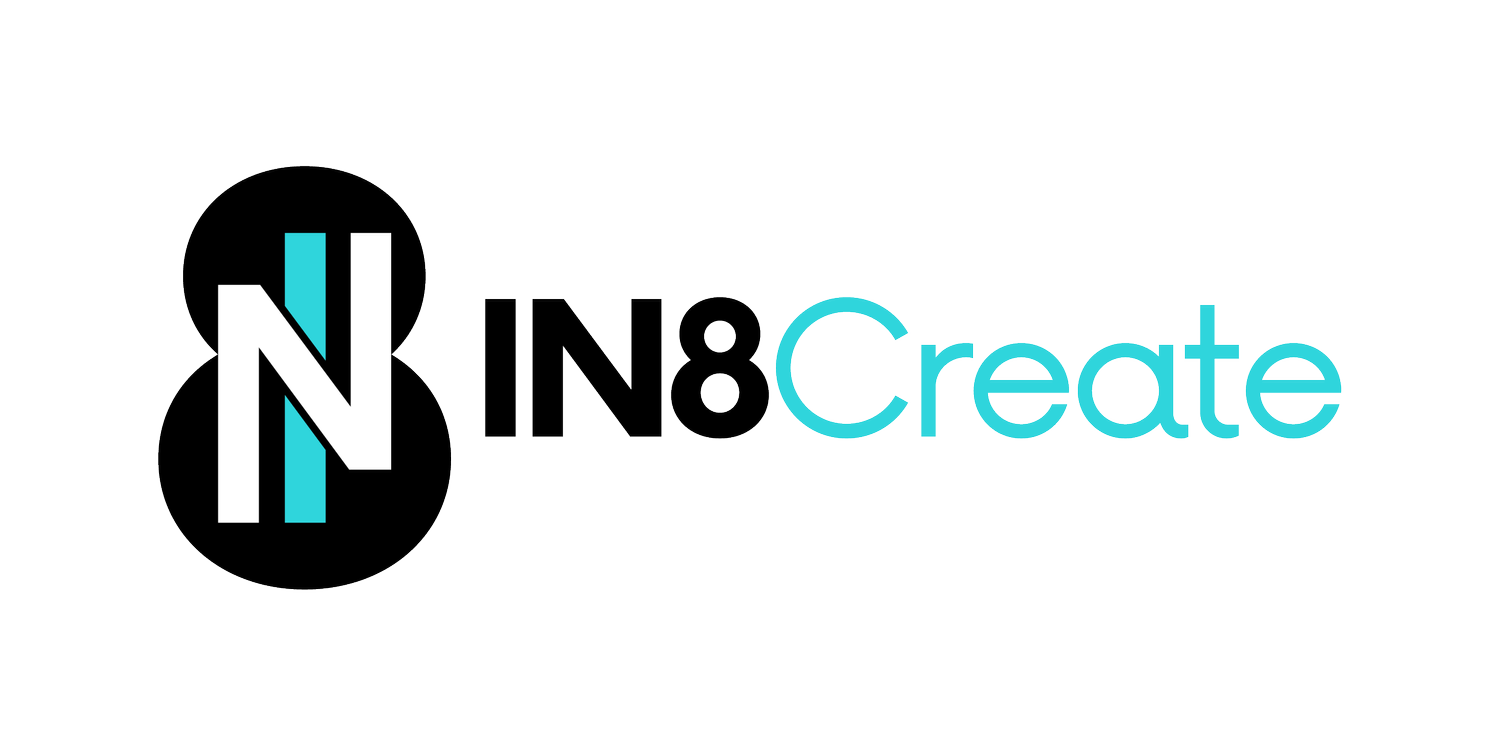





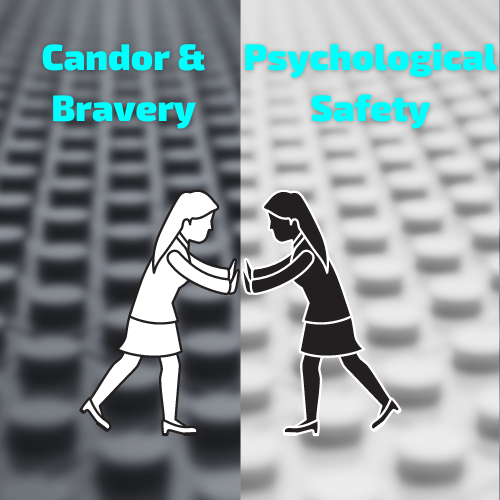

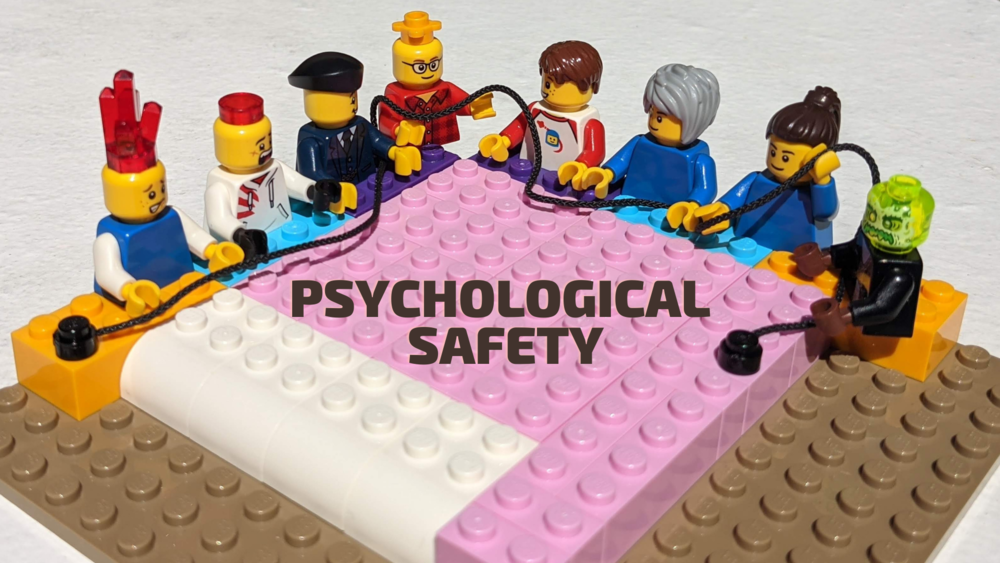





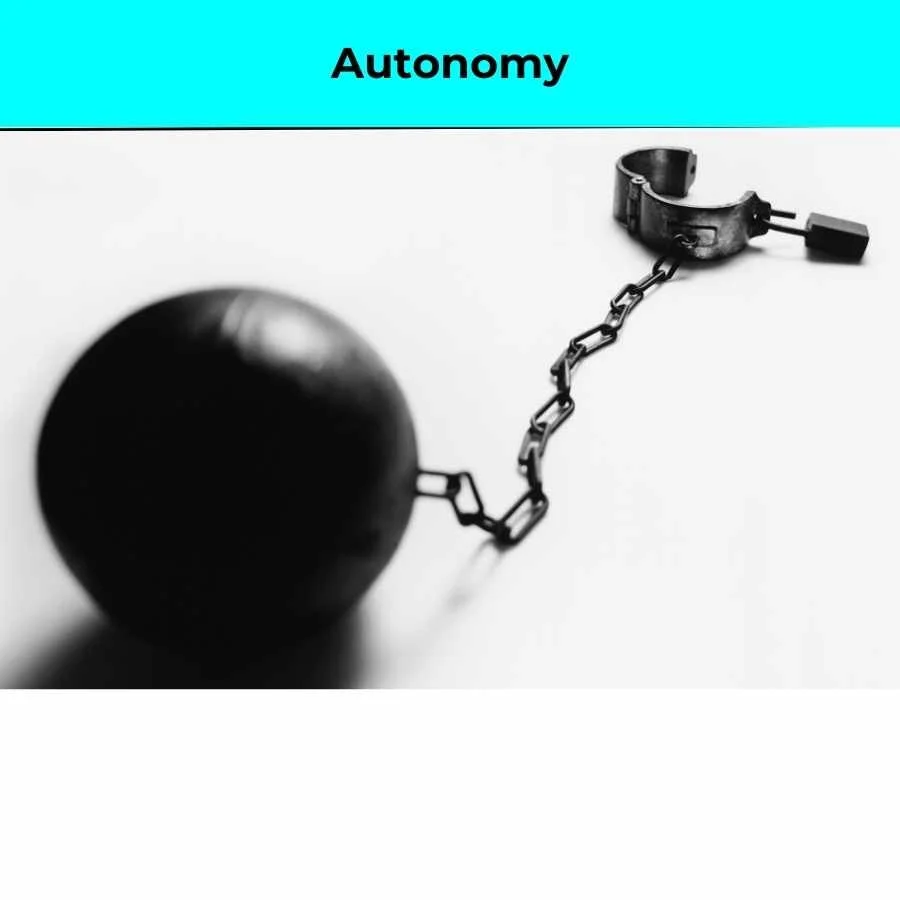






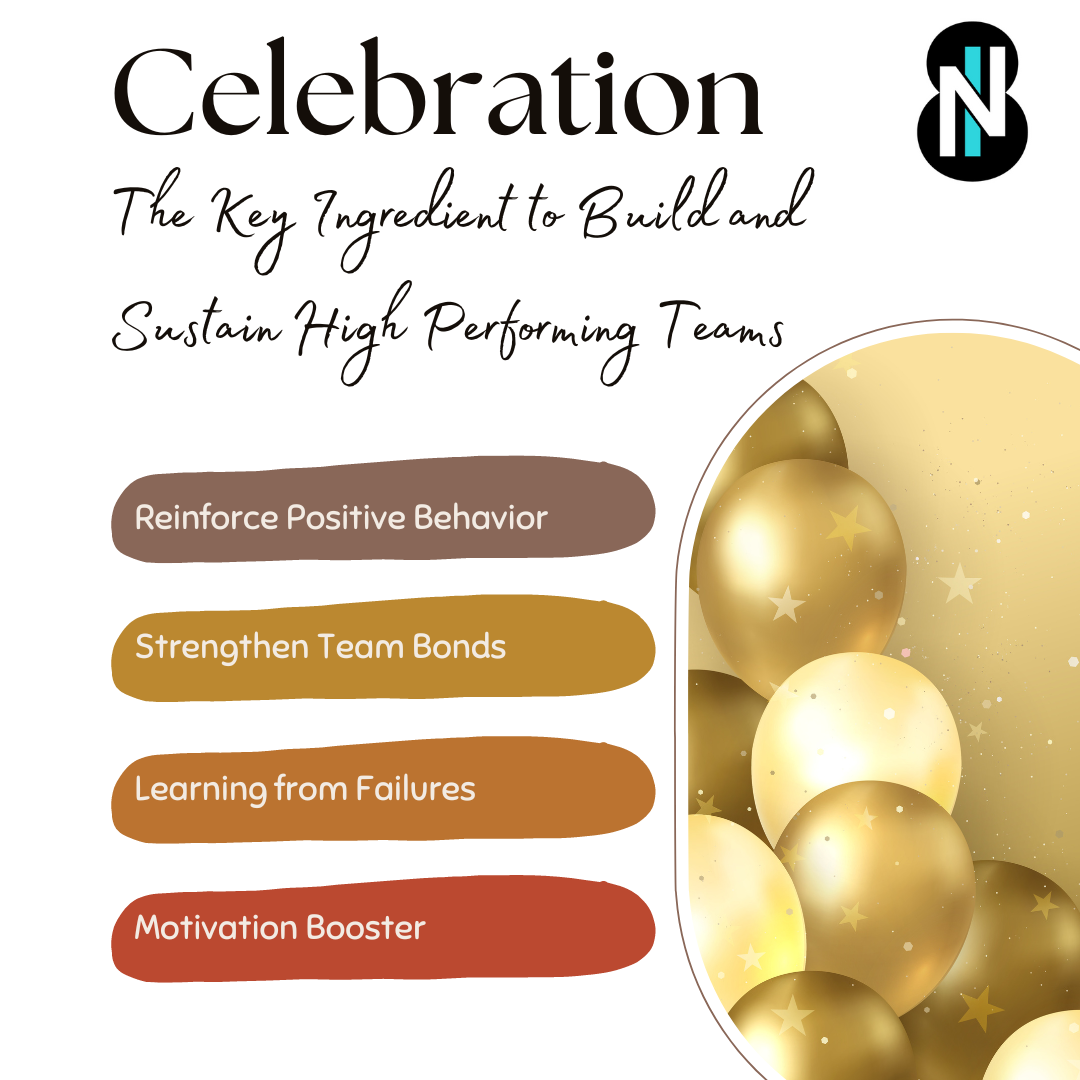





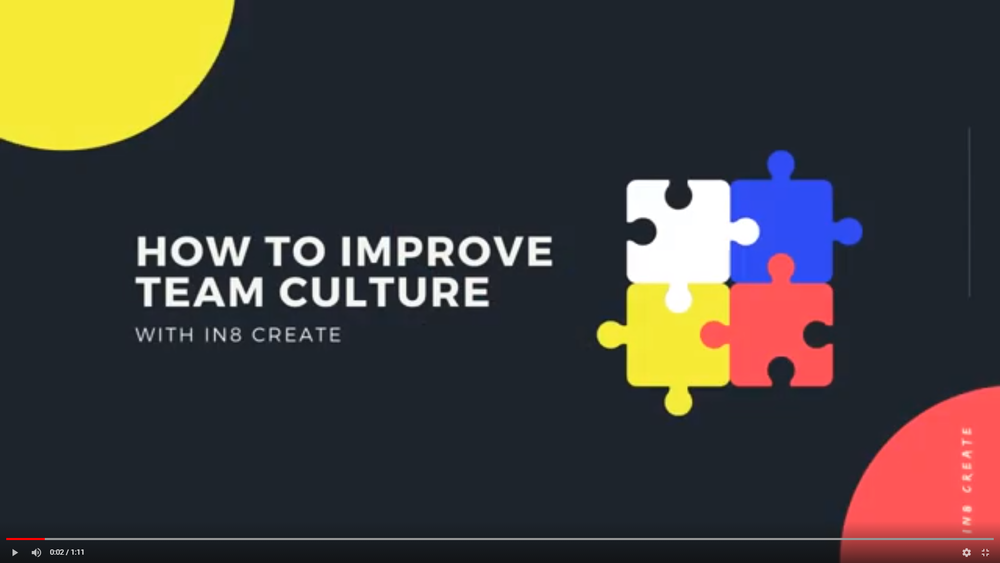




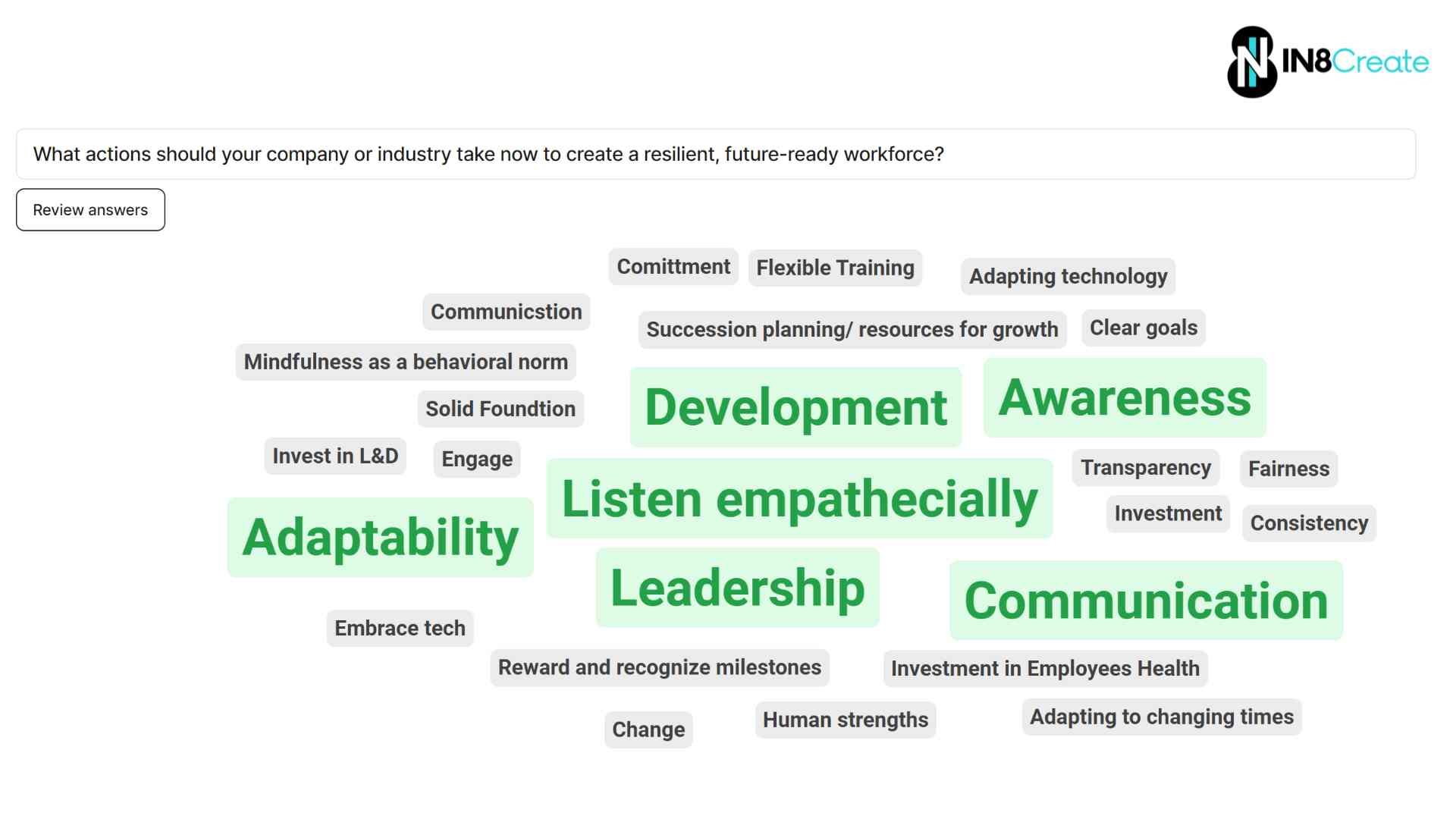
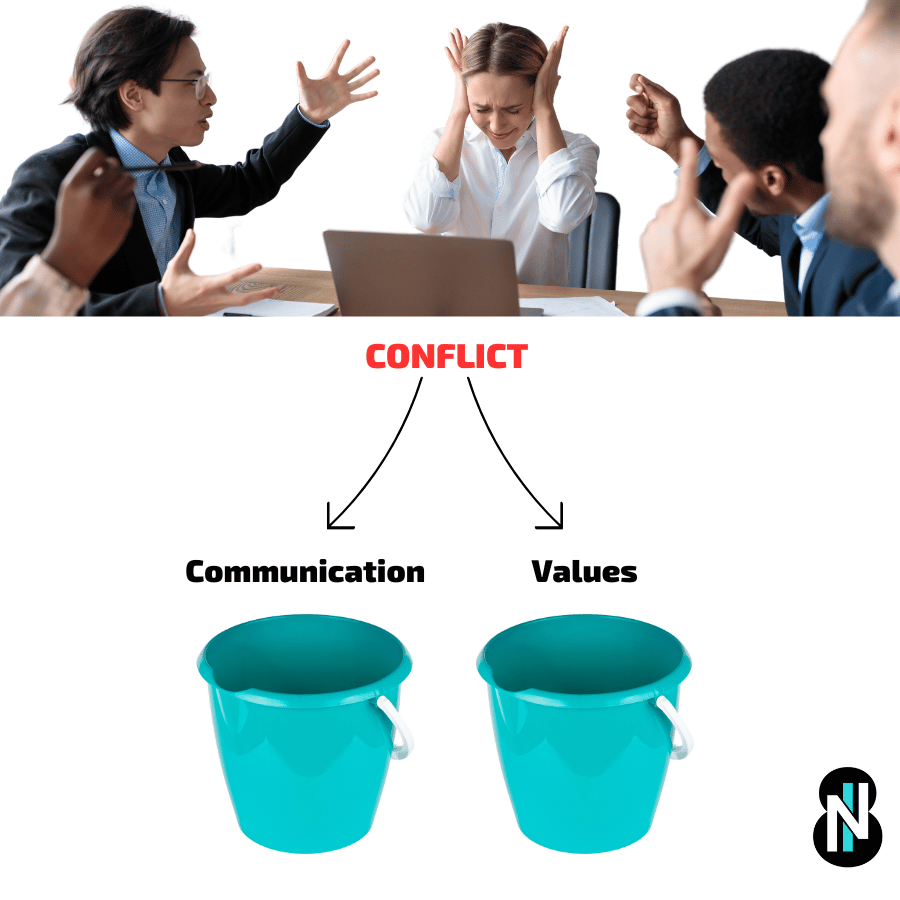

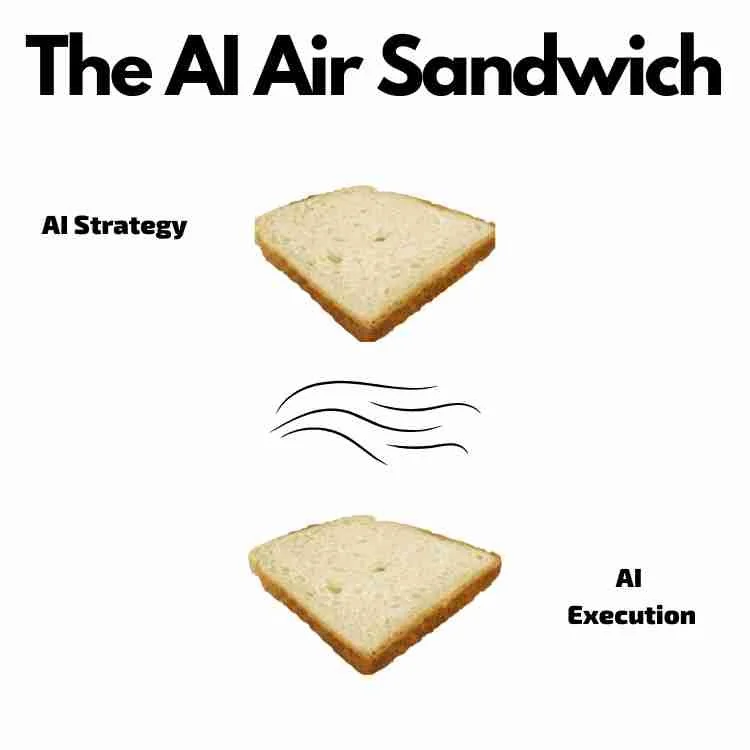




When you introduce change—whether it's a new tool, process, reorganization, or way of working—you're asking people to move through a predictable sequence of psychological stages. These stages show up across three different frameworks that, remarkably, tell the same story:
Innovation Adoption → Change Transition → Grief Response